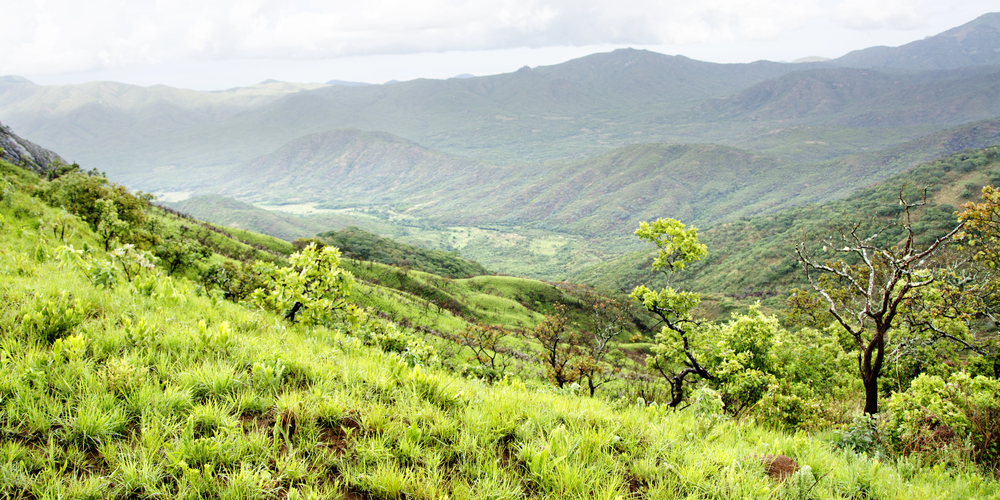
When thinking of forests, don’t forget the value of trees
Across the globe, demand for wood products is increasing and expected to quadruple by 2050. This trend is exacerbating deforestation and forest degradation. But it also presents an opportunity for a better approach to farming and managing forests.
A new report, Harnessing the Potential of Private Sector Engagement in Productive Forests for Green Growth, shows how sustainably harvesting wood products can help meet growing demand while providing jobs, mitigating climate change and conserving primary forests.
While it’s well known that trees and forests provide an important carbon sink, the carbon stored in forest products is often overlooked. Forest products and materials such as those used for construction and furniture store carbon for decades and even centuries.
Choosing wood products over other non-renewable materials, such as concrete and steel for construction materials, also offers climate benefits. Concrete and steel require fossil fuel to produce, making these alternatives much more carbon intensive. For example, producing a concrete wall puts 15 times more carbon dioxide into the atmosphere than making a wooden one.
The new report, funded by the Climate Investment Funds (CIF) and the Program on Forests (PROFOR), examined the economies of six countries - Ethiopia, Colombia, Mexico, Mozambique, Peru and Vietnam - to estimate the potential climate mitigation benefits from forest-based supply chains. Together, the six countries could sequester more than 150 million tons of CO2e (see table below) by 2030 with adequate investments in forest restoration and the increased production and use of wood products. Such an approach could help countries meet their climate commitments under the Paris Climate Agreement.
Investing in wood supply to meet demand through landscape restoration and other means also brings benefits, especially by creating new forest industry jobs in rural areas. Potential employment benefits in the six countries studied are depicted in the table below. In addition, projected demand for wood products could encourage the private sector to make long-term investments in productive forests, plantations, and wood processing.
Moving forward on sustainably harvesting forests is a delicate balance between production and conservation. If promoting forest products leads to deforestation, then climate mitigation is lost. To get the balance right, governments must create an enabling environment through better law enforcement and governance. That would help to protect and more sustainability use forests, improve land tenure, and provide the incentive mechanisms to attract private sector investments. Plantations will be key for renewable energy - sustainable charcoal and wood chips - in the future. Private investors, rural communities and forest owners also need technical assistance to help with forest management and production, as well as easier and quicker access to market information.
“Investing in sustainably managing and using forests offers longer-term benefits over the frequently under-productive and disorganized use of many forests today,” says Gerhard Dieterle, program manager for the World Bank’s Forest Investment Program. “As found in this study, doing so would unquestionably benefit people and the planet.”
Click here to watch the video on the interview with the authors.
For stories and updates on related activities, follow us on twitter and facebook, or subscribe to our mailing list for regular updates.
Last Updated : 06-16-2024








